The Őrség is one of the most mystical part of the country, with every segment of it deeply infused with history. Doing the 4-hour drive from the capital is not only worth it because of the rich historical heritage, but the natural and ethnographical treasures, too – and one can eat some of the best dishes in the country here, on top!
The name of Őrség located in western Hungary originates from the time of the founding of the state: this is when guards were deployed at the region, who would keep an eye on the borders from towers. In exchange for their service, the guards received various privileges and conditional freedom from the court. The descendants of the dwellers of the historical Őrség still keep up this spirit: they value integrity and are proud of their traditions. Come with us and explore the Őrség region this time!
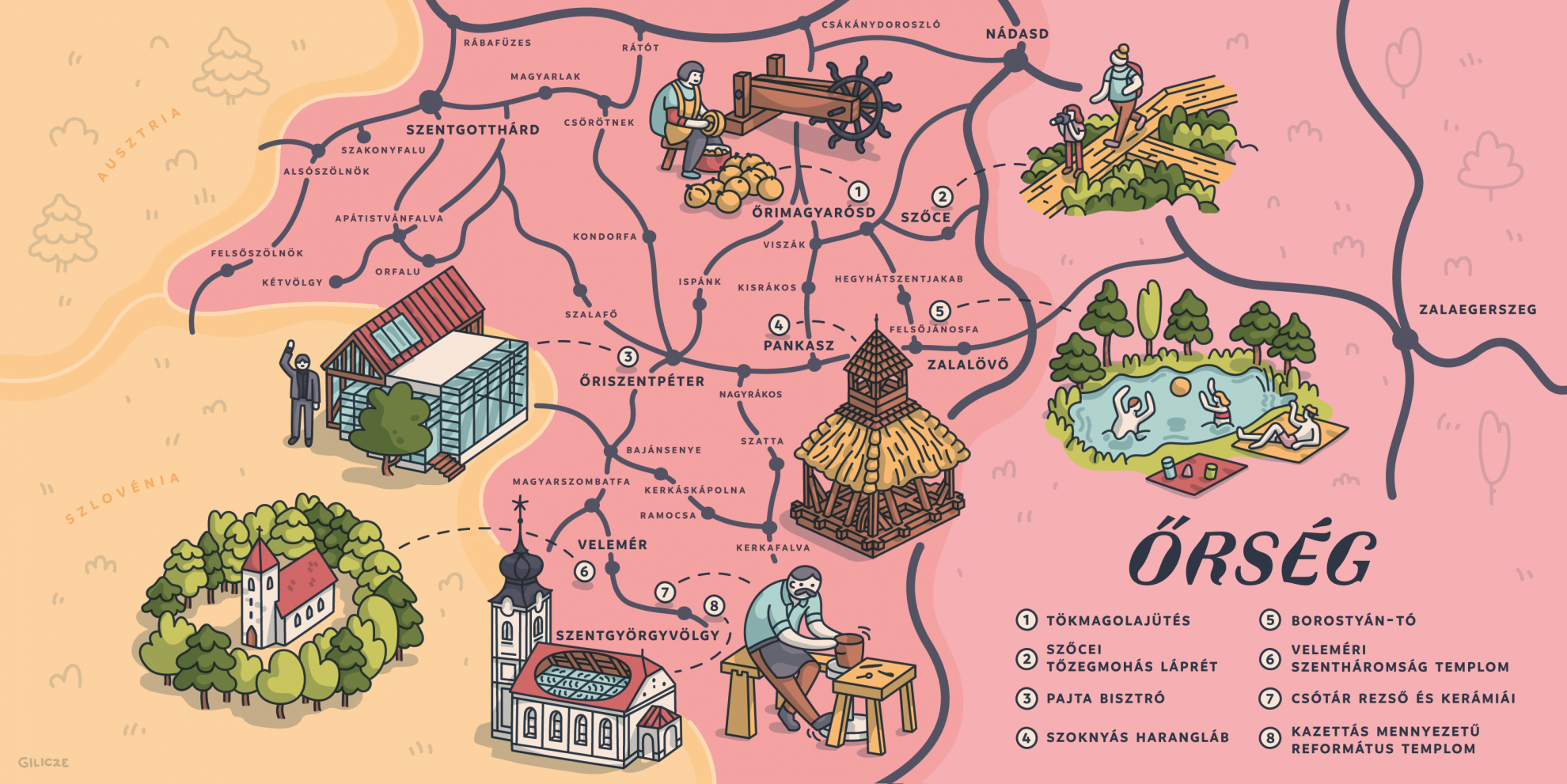
Lake Borostyán, Zalalövő
Lake Borostyán reaching on 35 hectares is one of the loveliest lake beaches of the country. Even though its a built beach, it doesn’t feel like one: the giant willows standing on its shore give it a feeling of pristineness. One can row boats and canoes on the lake, and dogs are welcome, too.

The moorland of Szőce
Those not thinking educational trails can be much of an excite should visit the gem of Őrség National Park, the sphagnum moss moorland of Szőce by all means. We can admire the incredibly rich flora of the area by walking on the trails leading on wooden planks. Even though it is forbidden to leave the planks and touch the plants, the educational trail still offers a firsthand experience of nature – getting to know the flora becomes even more exciting this way!
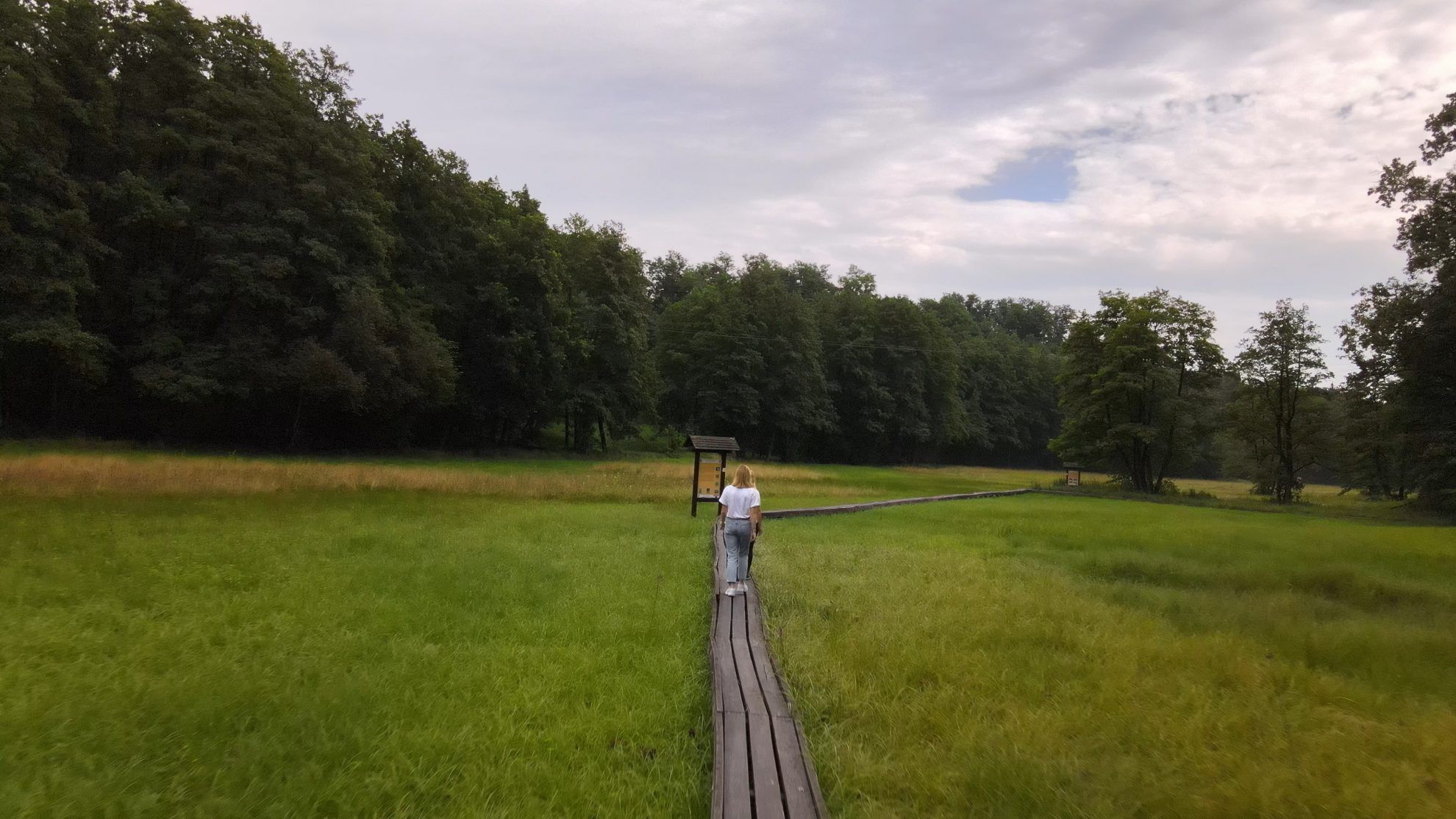
Holy Trinity Church, Velemér
The Holy Trinity Church in Velemér is also known as the Church of Lights. The building built in the late 13th century carries both late Roman and early Gothic features. The world-famous Gothic frescos of the building were made by Johannes Aquila in 1377-78. A peculiar feature of the church is the design of its floorplan, where light directs the attention of churchgoers to different areas at times of midwinter and midsummer.

Pottery in Őrség – The workshop of Rezső Csótár
The so-called ‘thin’ soil characteristic in the Őrség area was not particularly beneficial for agriculture, but all the more for pottery – this is how this type of crafts gained increased popularity and tradition in the region. One can meet potters in almost every village in the Őrség – we visited the workshop of Rezső Csótár in Szentgyörgyvölgy. He learnt the craft passed down from generation to generation from his father, whose wheel he cherishes and safekeeps in his workshop to this day, and he himself tries to pass on his knowledge by teaching his grandchild the tricks of pottery.
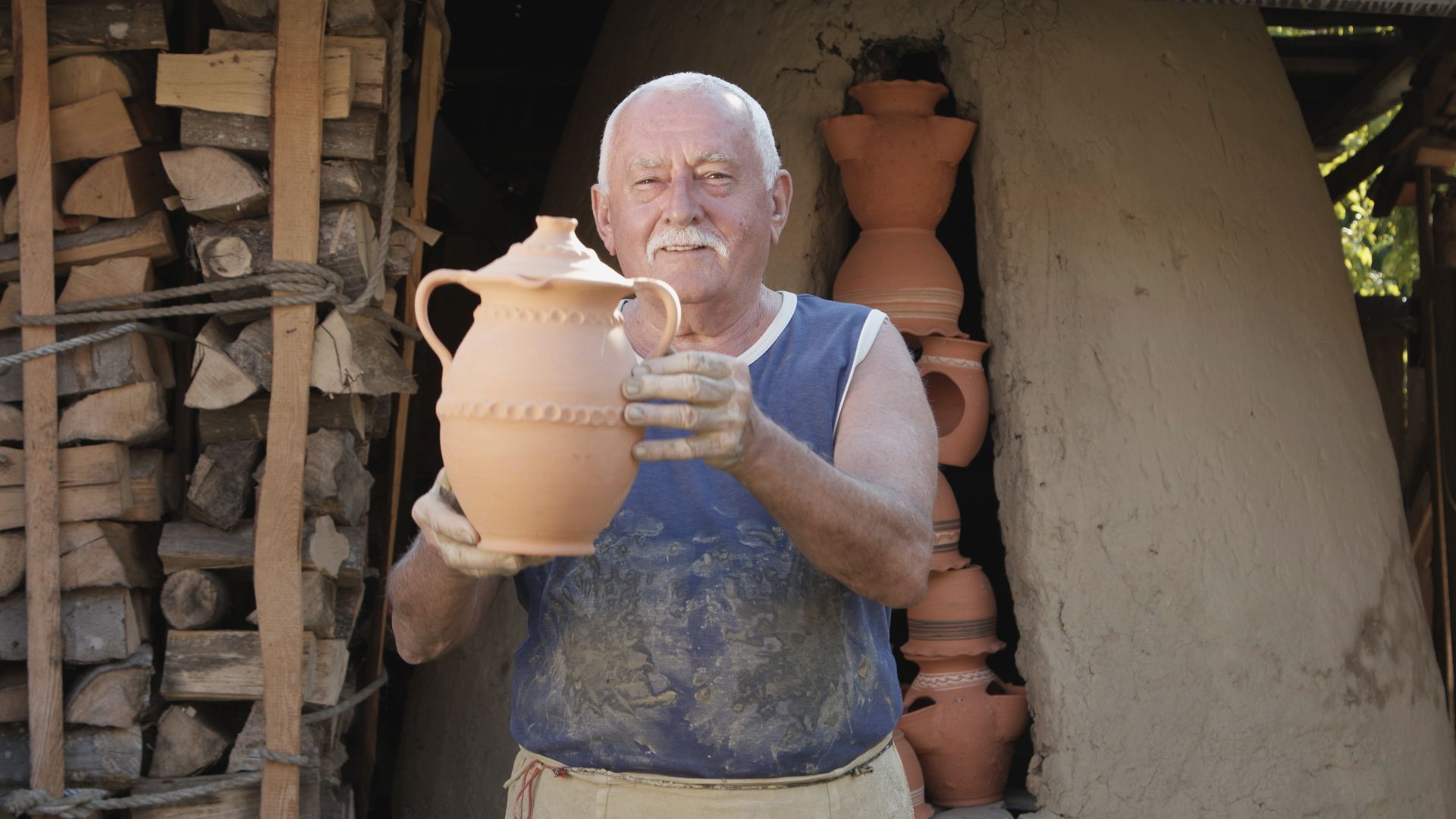
Pajta Bistro
Legends are being born in the Őrség even today: Pajta Bistro, for example, already qualifies as one. Chef Richárd Farkas serves the classic local cuisine with a modern twist in the fine dining restaurant located in Őriszentpéter, who also appreciates yard work and collecting with his own hand in addition to cooking – he can do all this in Pajta’s marvelous garden, producing a wide variety of vegetables, plants and flowers.
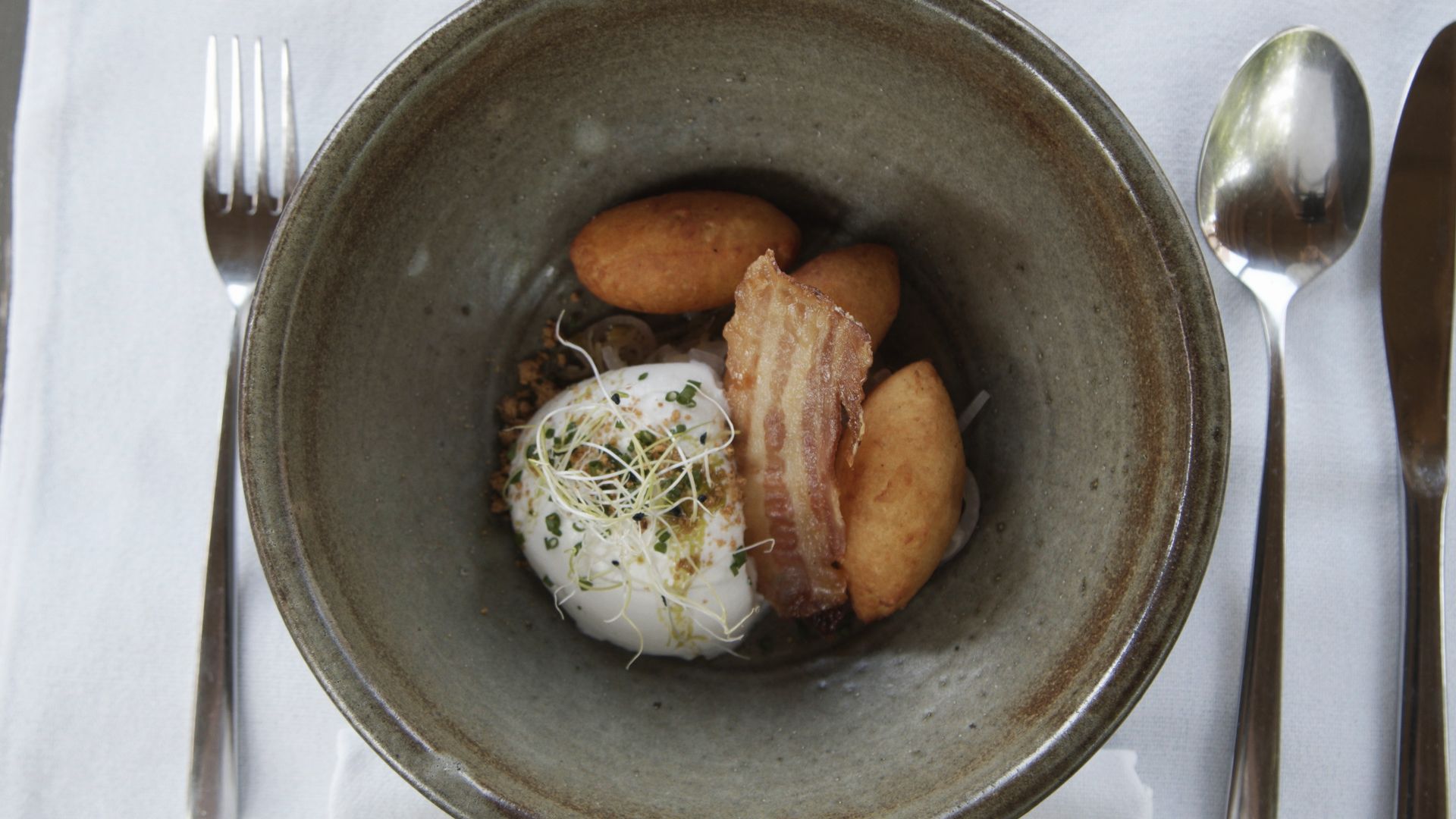
Fakazettás református templom, Szentgyörgyvölgy
The church in Szentgyörgyvölgy built in 1788 is one of the most spectacular monuments of the Western Transdanubian area. Its interior is characterized by the simplicity being a characteristic trait of reformed churches, however looking up we see blue and white fluffy clouds painted on a beautiful wooden cassette-style ceiling.
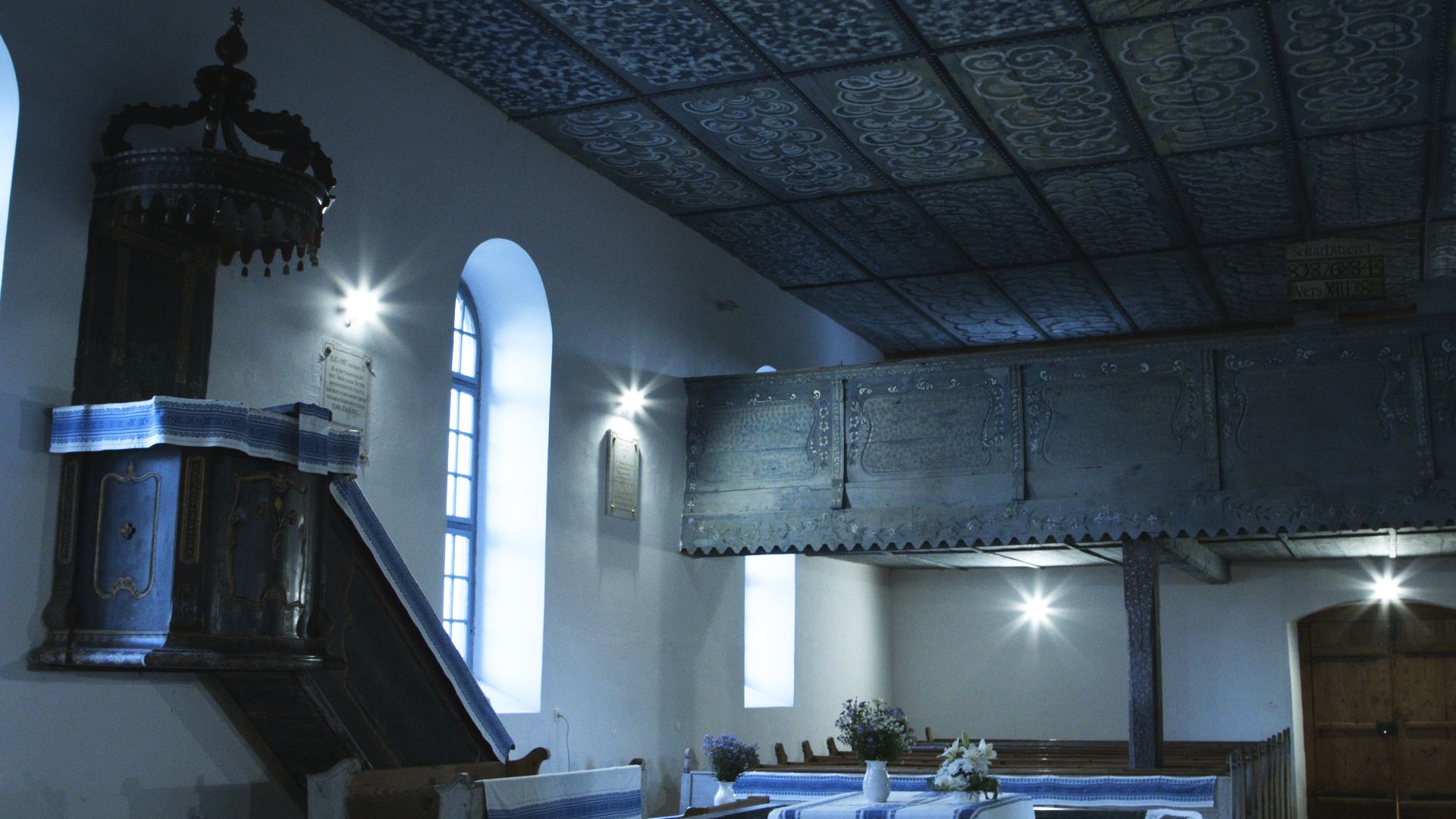
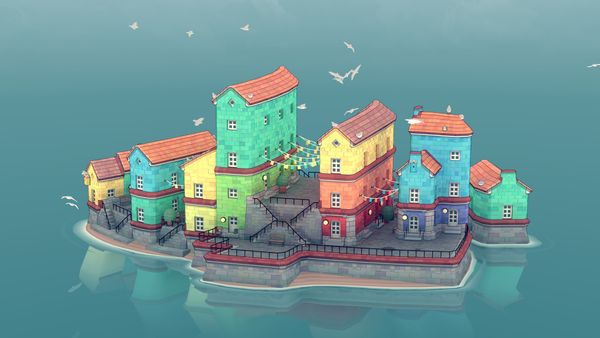
Build your own town | Townscaper
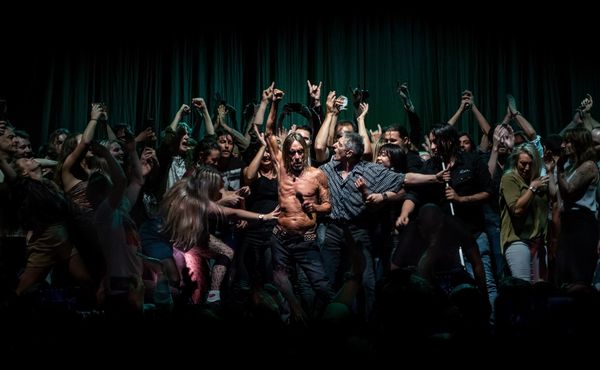
Portrait of Humanity 2020 exhibition opens in Capa Center










